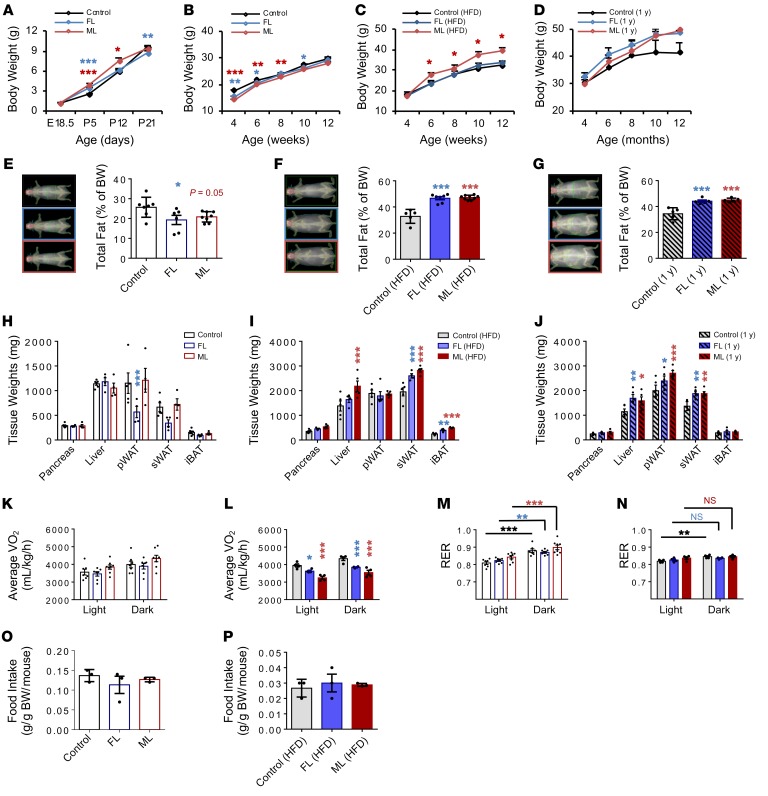Figure 1. Body weight trajectories and body composition are altered in FL and ML offspring.
(A) Body weight trajectories in male offspring of parents who are both controls, whose father is LIRKO (FL), or whose mother is LIRKO (ML) from E18.5 to P21; control, n = 27–49, corresponding to 5–6 litters; FL, n = 27–49, 5–6 litters; ML, n = 17–21, 3–4 litters). (B) Body weight on chow diet from 4 to 12 weeks of age (control, n = 9–24, 6 litters; FL, n = 10–18, 5 litters; ML, n = 13–20, 5 litters). (C) Body weight on high-fat diet (HFD) from 4 to 12 weeks of age (control, n = 9–24, 5 litters; FL, n = 6–10, 3 litters; ML, n = 8–13, 3 litters). (D) Body weight on chow diet from 4 to 12 months of age (control, FL, and ML, n = 5 per group). (E–G) Total fat mass measured by DEXA on chow (E) and HFD (F) at 3 months of age, and 1-year-old offspring on chow (G) (chow: control, n = 7; FL, n = 6; ML, n = 8; HFD: control, n = 5; FL, n = 7; ML, n = 8; aging: n = 5). (H–J) Body composition on chow (H) or HFD (I) or in aged (J) mice. (K and L) Energy expenditure (VO2) in 24-hour light/dark cycle measured by CLAMS in chow (K) and HFD (L) groups at 3 months of age (chow: control, n = 7; FL and ML, n = 8; HFD: n = 4). (M and N) Respiratory exchange ratio (RER) measured by CLAMS in control, FL, and ML offspring on chow (M) or HFD (N) (chow: control, n = 7; FL and ML, n = 8; HFD: n = 4 per group). (O and P) Food intake on chow (O) or HFD (P). Significance was determined by 2-way ANOVA with Holm-Šidák test. All data are shown as mean ± SEM and represent 3 or more litters. *P < 0.05; **P < 0.01; ***P < 0.001. pWAT, perigonadal white adipose tissue; sWAT, flank subcutaneous white adipose tissue; iBAT, interscapular brown adipose tissue.

